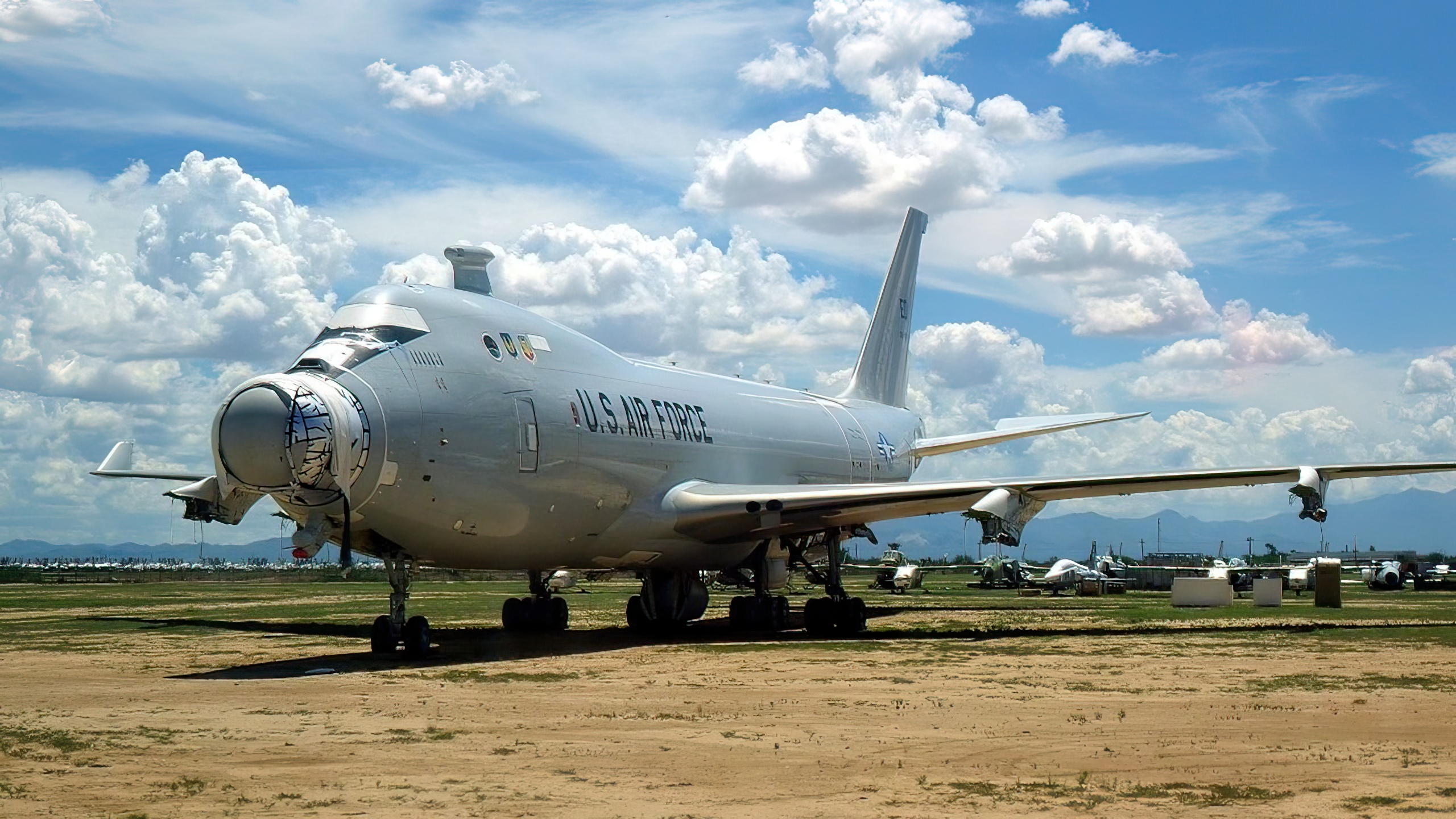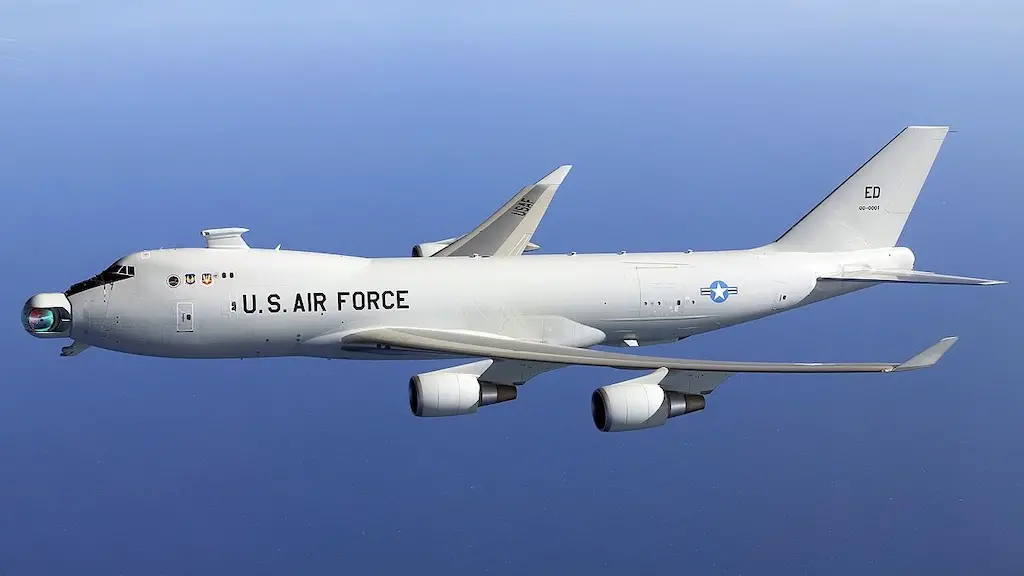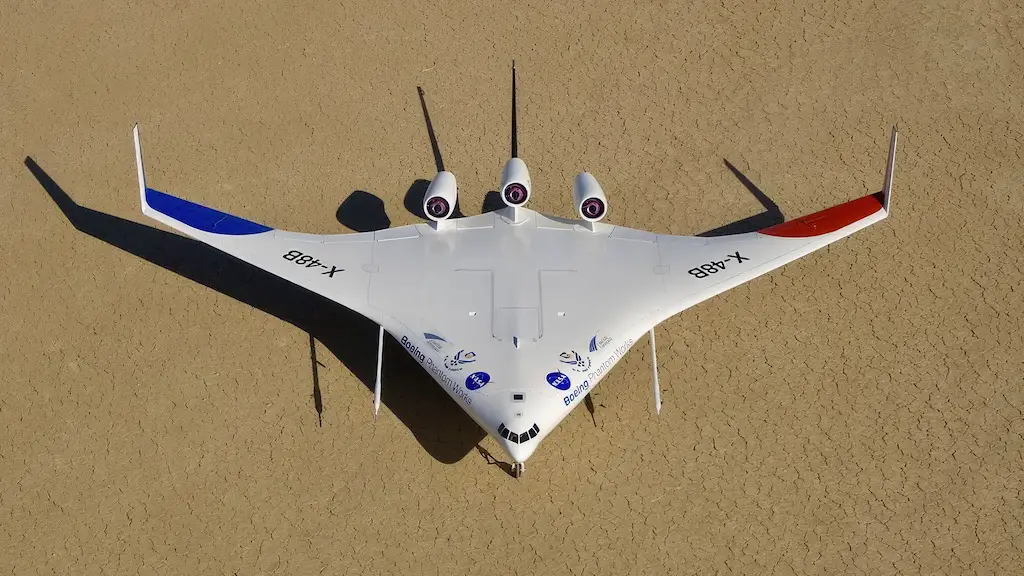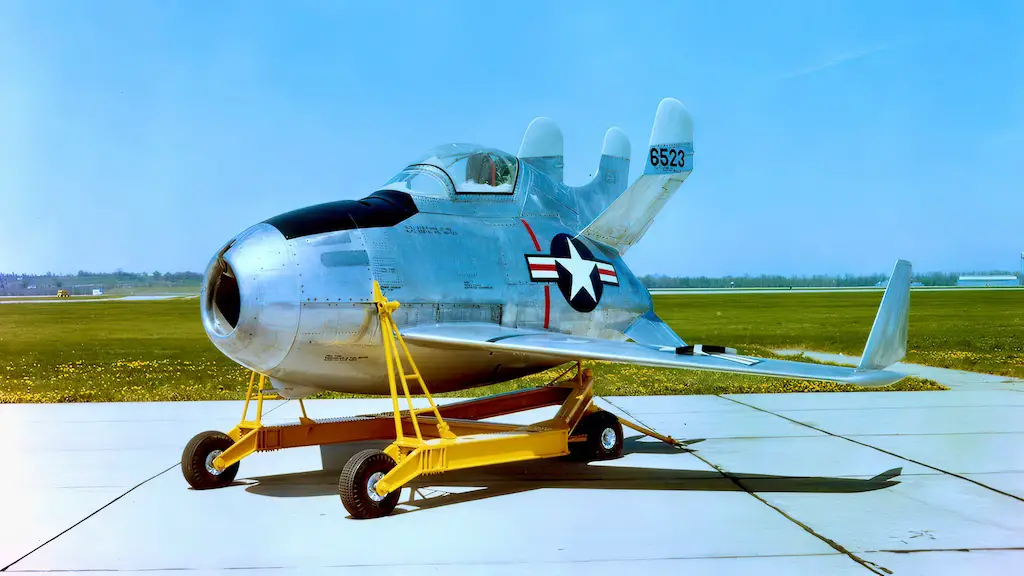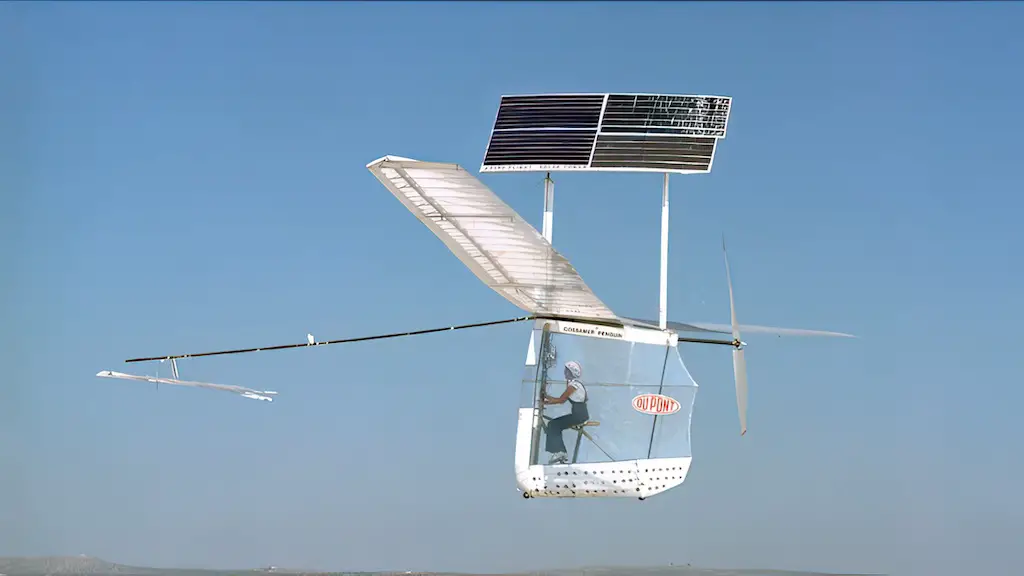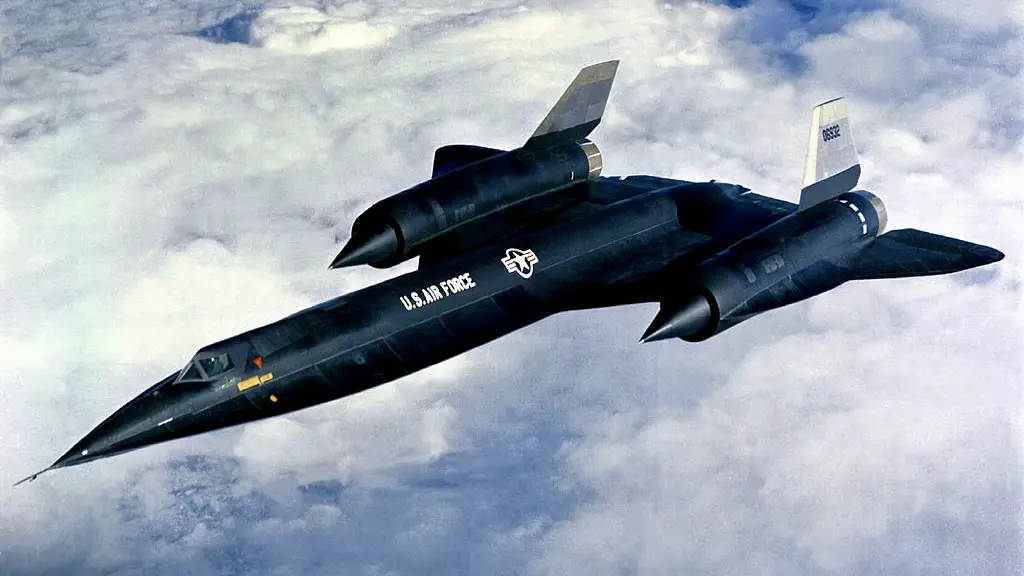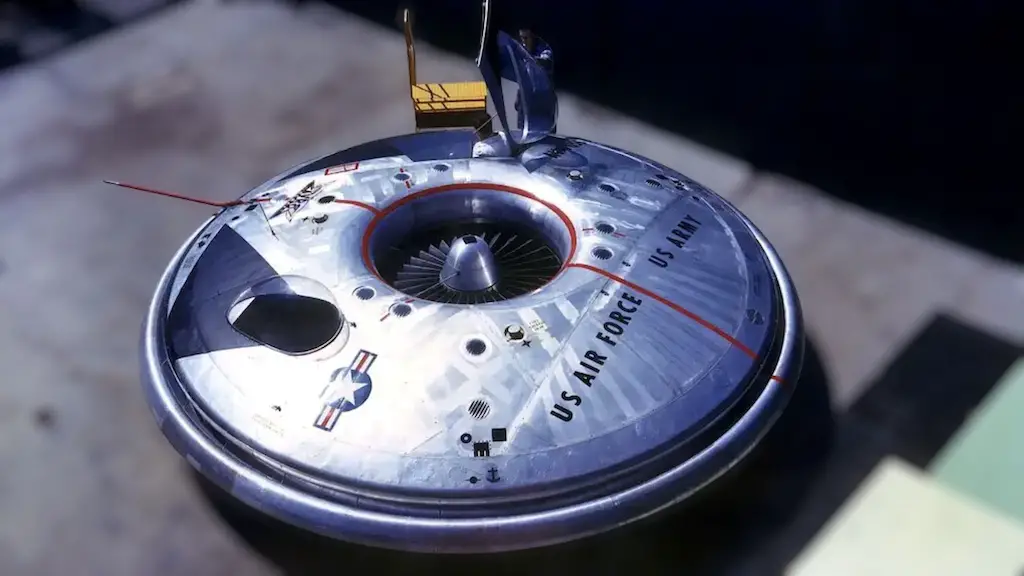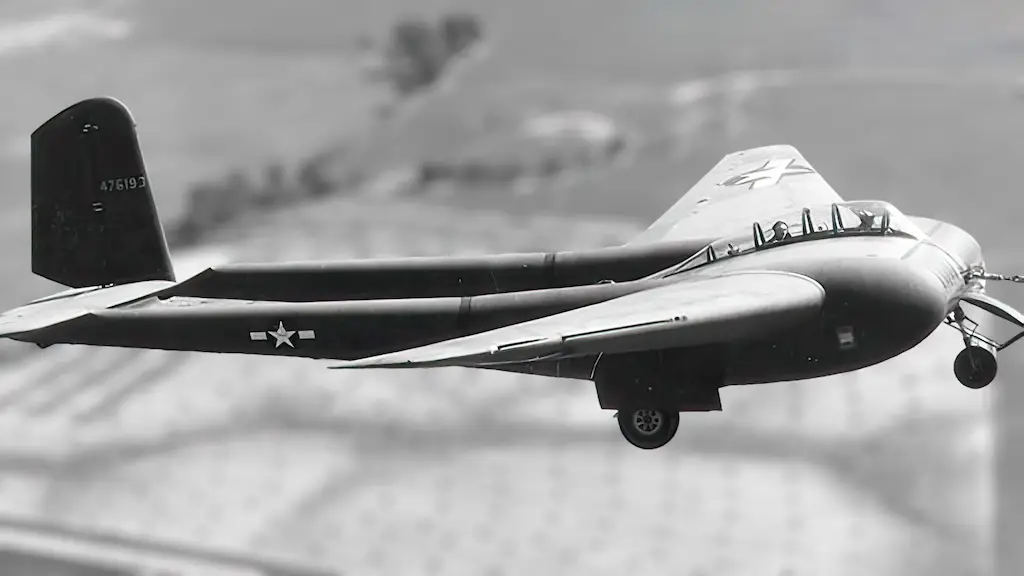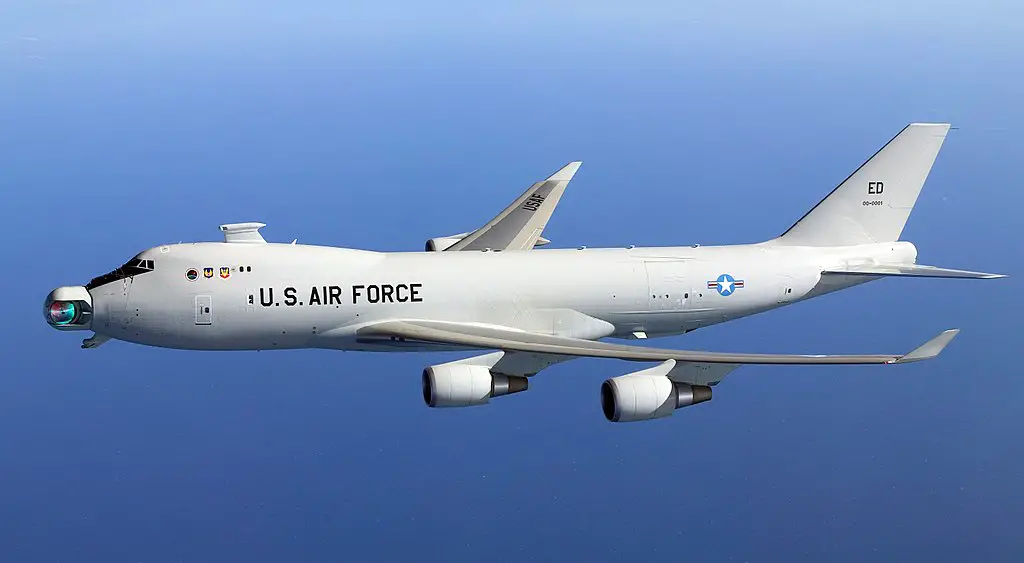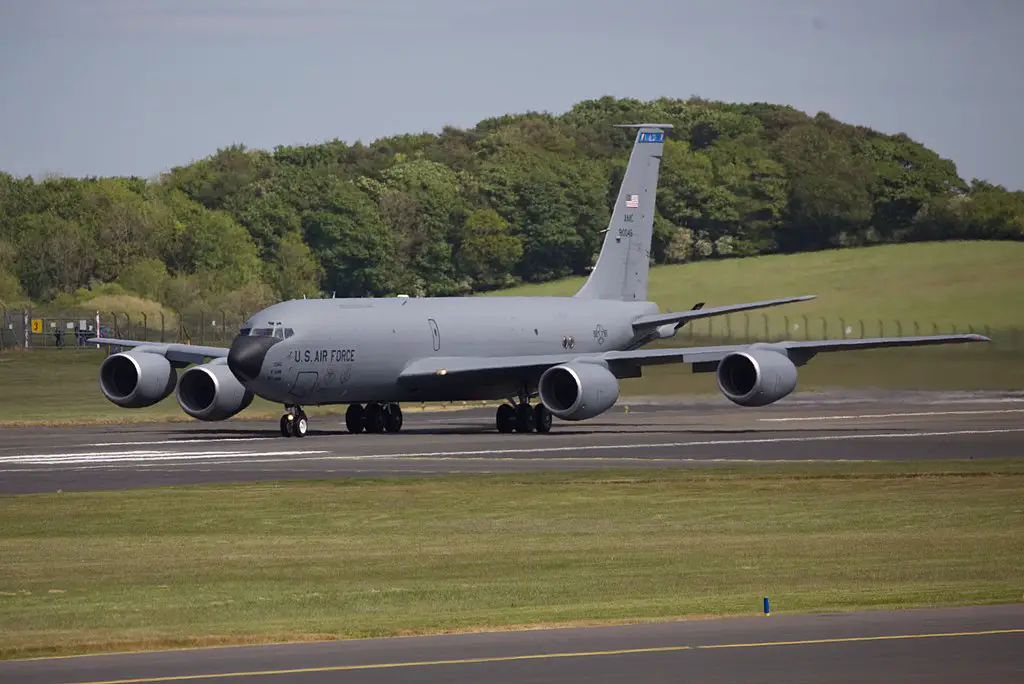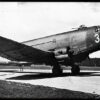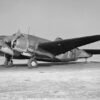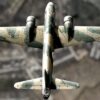The United States military has explored various ways of countering ballistic missiles, such as Aegis Ashore, Patriot, and THAAD systems, but the Boeing YAL-1 Airborne Laser Testbed certainly remains the most mind-boggling of them all. The very idea of hitting a hostile ballistic missile with a laser beam produced by an airborne emitter sounds like science fiction. But such tests involving a Jumbo Jet equipped with a high-energy laser utilizing chemical reaction were indeed conducted some fifteen years ago.
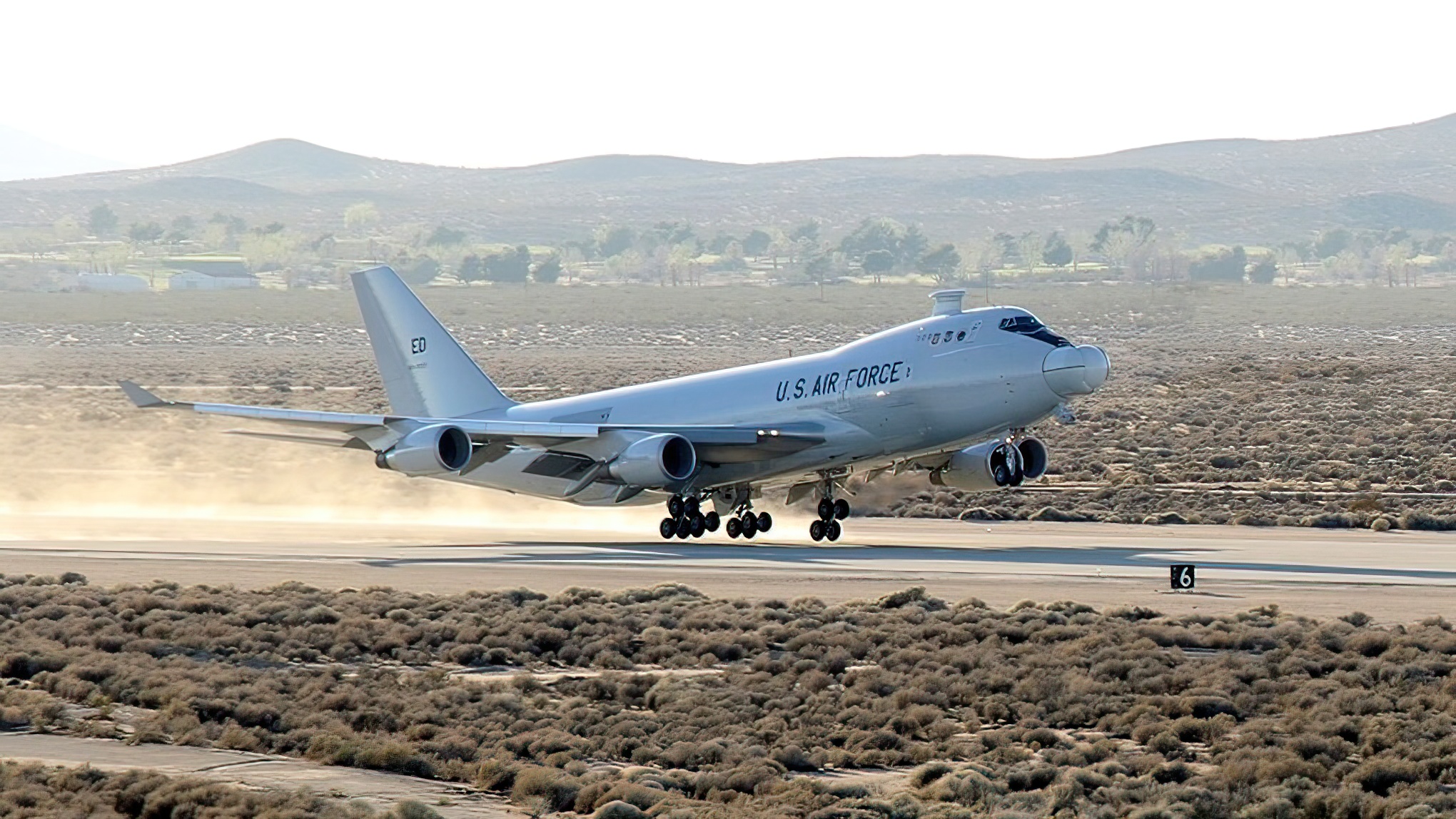
Early airborne laser experiments
The Pentagon first conducted experiments involving airborne laser weapons under the Airborne Laser Lab (ALL) program, which lasted from the mid-1970s to the mid-1980s. This program employed an NKC-135, a specialized variant of a Boeing KC-135 Stratotanker, as a testbed aircraft. A 10.6 micrometer carbon dioxide gas dynamic laser (GDL) installed on this aircraft proved capable of intercepting AIM-9 Sidewinder air-to-air missiles and Ryan Firebee BQM-34 target drones simulating a cruise missile.
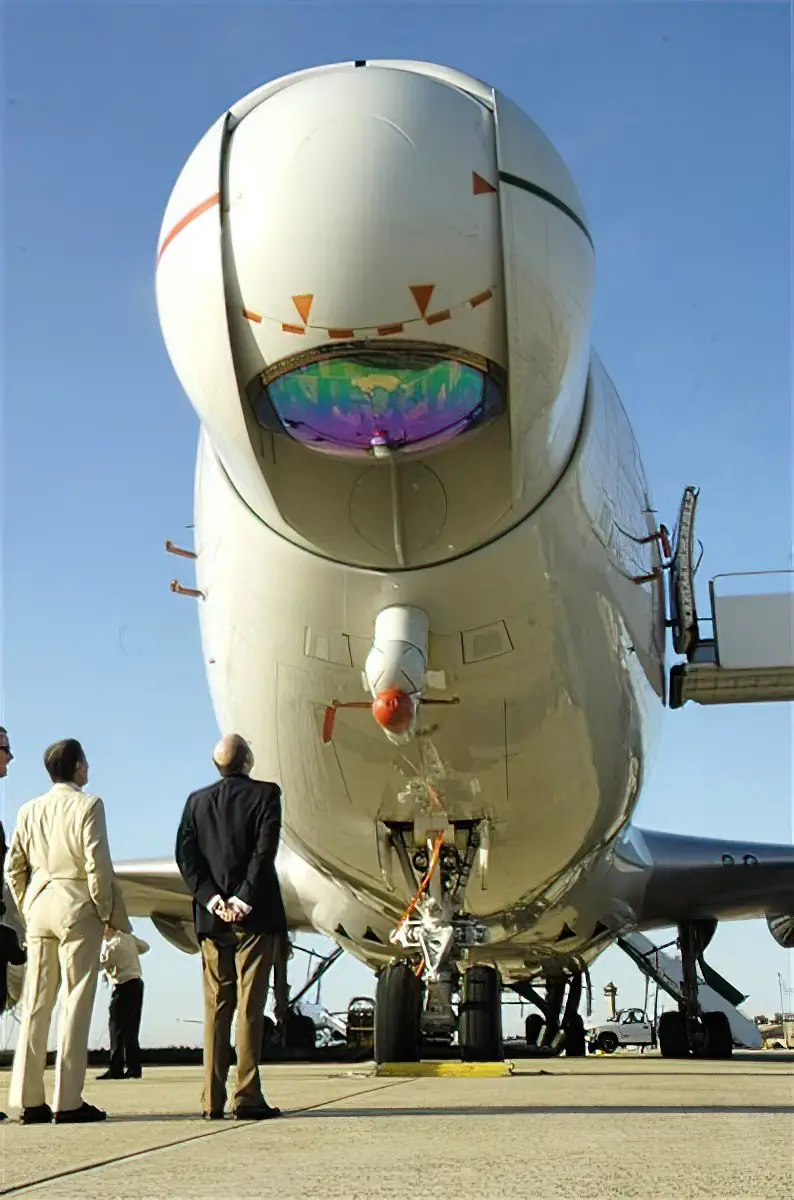
Choosing and modifying the airframe
In 1996, the US Air Force initiated another similar program, the Airborne Laser (ABL). While the previous program had used derivatives of Boeing 707 family, the ABL employed an even larger airframe: a Boeing 747. The need for such a huge airframe stemmed from the requirements set by its weapon, the chemical oxygen iodine laser (COIL), utilizing a mixture of chemicals, primarily iodine and gaseous oxygen. Although the emitter itself was located in a relatively compact nose turret, the whole system was quite bulky, comprising six interconnected modules, weighing some 6,500 lb each. It also needed a great amount of chemicals to feed the reaction.
Following preliminary testing at Edwards AFB using a retired Boeing 747-200 that had flown with Air India, a new 747-400F airframe produced in 2002 was chosen as a testbed. The work on modifying the airframe was jointly done by several contractors: Boeing, Northrop Grumman, and Lockheed Martin.
Roasting the target
Alongside the megawatt-class COIL laser, supplied by Northrop Grumman, the system also used a pair of kilowatt-class target illuminator lasers for tracking targets. The YAL-1’s main targets would be tactical ballistic missiles (TBMs), which it would hit while still in the boost phase. Fired for just three to five seconds, the laser working on chemical fuel was capable of critically heating the missile skin and causing it to break up in flight. Here’s a small disappointing detail: the infrared beam produced by this laser cannot be seen with the naked eye. That is, combat use of COIL would not actually look like a scene from Star Wars. The result of its work would still be quite impressive, though.
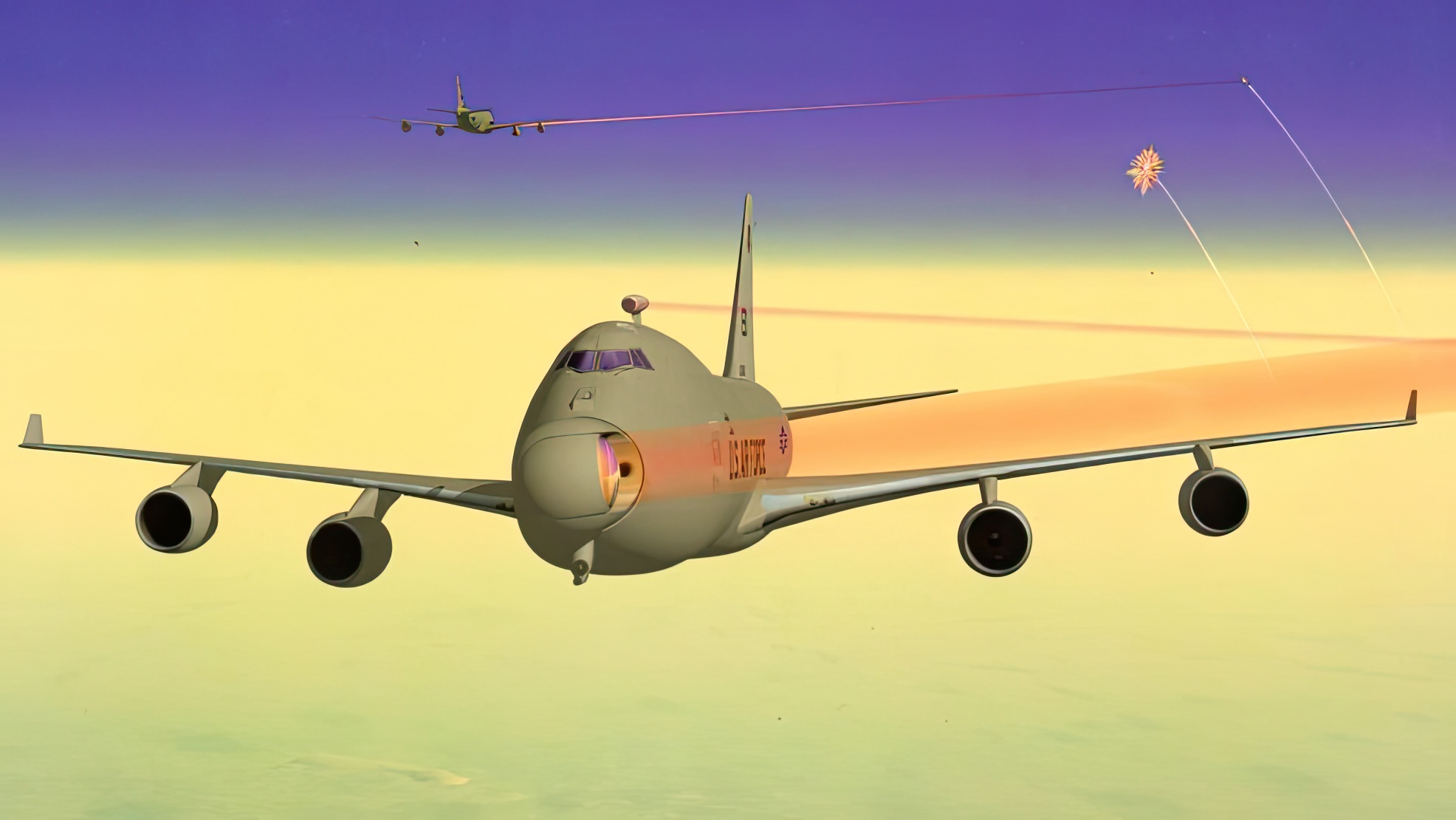
Testing the system
The COIL was first fired on the ground in 2004 and an in-flight test involving only target illuminator lasers took place in March 2007. At that point the role of the target was played by a Boeing NC-135E Big Crow test aircraft, which had a special “signboard” target on the fuselage. The COIL itself was first fired in the air in 2009. During the live fire tests at the Point Mugu Naval Air Warfare-Weapons Division Sea Range that followed in February 2010, the YAl-1 actually destroyed a ballistic missile using its laser weapon. That was the first time ever that an airborne directed energy weapon destroyed a ballistic missile in flight.
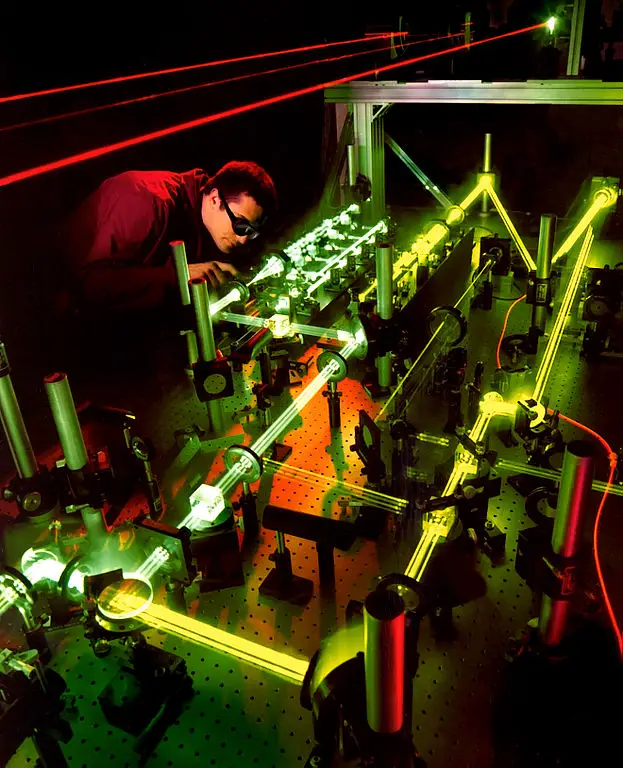
Operational viability problem
Despite the program’s success, the funding for it was cut in 2010. The laser’s key problem was distance, which was limited to a few hundred miles. In many practical scenarios, using such a laser for shooting down a hostile ballistic missile during its boost phase would likely require the aircraft to fly on patrol very close to or even over the adversary’s territory. And increasing the distance of engagement would require a 30 times more powerful laser. So, in 2011 the multibillion-dollar program was cancelled completely and the YAL-1 was scrapped in 2014 after spending a couple of years at the aircraft boneyard in Tucson, Arizona.
